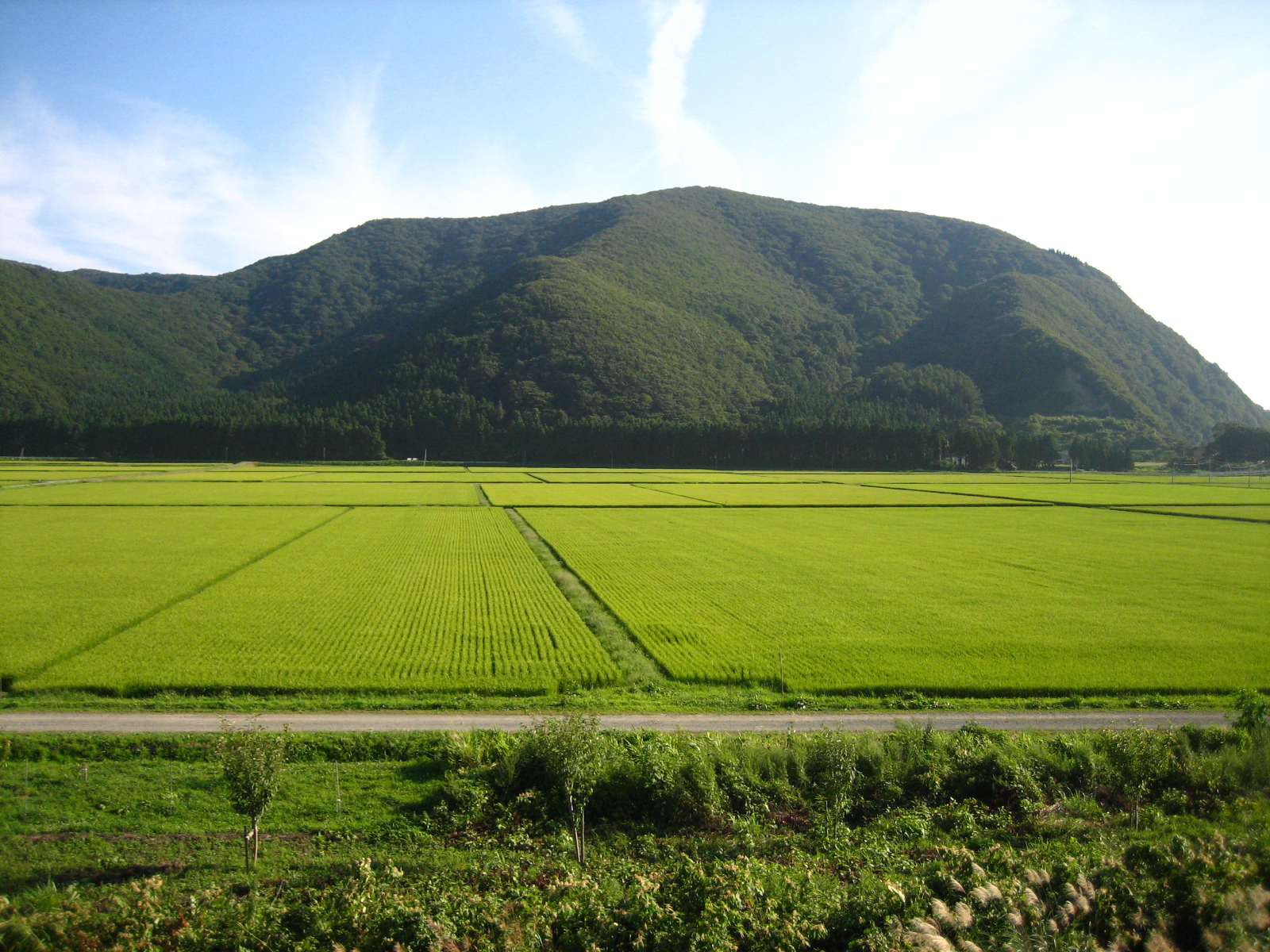Ask any native Japanese person, and they will insist without hesitation that Japanese rice is unparalleled. It’s uncompromised in quality, and other Japonica varieties produced in other countries don’t have the same distinct flavor or texture. Although seen less in recent generations, there exists a strong national identity in rice – the tale is that it lies at the center of the Japanese essence, shaping the basis for all other foods, beverages, and even culture and governance. Classic movies and animes depicting struggling families during WWII exemplify rice as something to never take for granted. For most Japanese people, the grain is not a mere commodity but a symbol of pride.
Is this untested public opinion enough to explain why we don’t see economical Thai, Indian, Californian, and Australian rice in Japanese supermarkets, however?
It’s no secret that Japan has refused to open its gates to foreign rice for years. The country’s powerful agricultural cooperatives, or JA, have historically been one of the ruling Liberal Democratic Party’s most steadfast lobbies. Among other activities, JA mediates the selling, buying, and leasing of farmland, in addition to the consolidation and expansion of agricultural operations. Through politicians who serve the agricultural industry, they have offered a mix of protective policies by setting volume targets on rice production and restricting supply to maintain high domestic prices, while demanding inanely high tariffs on foreign rice. It doesn’t take much to see that JA’s marketing commissions would drop and mediation transactions would fall if free trade deals forced the state to further subsidize farmers. The term ‘capture theory’ may come to mind for some readers.
The government guaranteed prices on rice until the 1990s through the Staple Food Control Act, buying up whatever was produced on Japanese farmlands. No matter how much rice they included in school lunches, however, unjustifiable deficits forced the government to take up policies reducing rice field acreage. This combined with the United States, freshly out of the Cold War and manifesting its frustrations with Japan wreaking havoc on the American electronics and automobile industries, forced Japan to capitulate for the first time in opening up to outside rice. Through the conclusion of the General Agreement on Tariffs and Trade (GATT, or the Uruguay Round) in 1993, Japanese negotiators reluctantly accepted a quota starting in 1995 that stipulated that 4 percent of all domestic rice consumption be foreign and that percentage to rise to 8 percent in 2000.
Where is this rice?
Initially, Japan replaced domestic rice in their food storages with foreign rice. The standard for rice reserves is still fixed at around 1.5 million tons (1.4 million by the government, 0.1 million by the private sector), and once the rice starts to reach its shelf life, it’s used as factory farm fodder, processed into rice crackers, directed to low-end fast food chains where its identity remains veiled, and more recently, sent as overseas aid.
Shortly before the Uruguay Round negotiations concluded, Japan experienced an exceptionally cold summer in 1993. Two million metric tons of foreign rice was imported on an emergency basis, and the Japanese Food Agency notoriously conducted blind rice tastings of ten unmarked samples of rice, of which only two were Japanese – unsurprisingly, the public praised foreign short grain rice. Although long grain rice was derided, farm lobbies were perturbed that the argument of “Japanese consumers would ignore foreign rice on the shelves, even if it were cheaper” may not hold to be true.
Japanese people consume just 160 grams a day of rice on average; half of what they consumed 40 years ago. That number is shrinking every year, but that isn’t the only diet in Japan that’s changing. Recent developments in free trade deals put Japanese agriculture in peril, and JA relationships with the ruling party have soured due to the cabinet’s decision to join Trans Pacific Partnership negotiations. Japanese rice fields and domestic consumption may be changing dramatically in the near future.


















